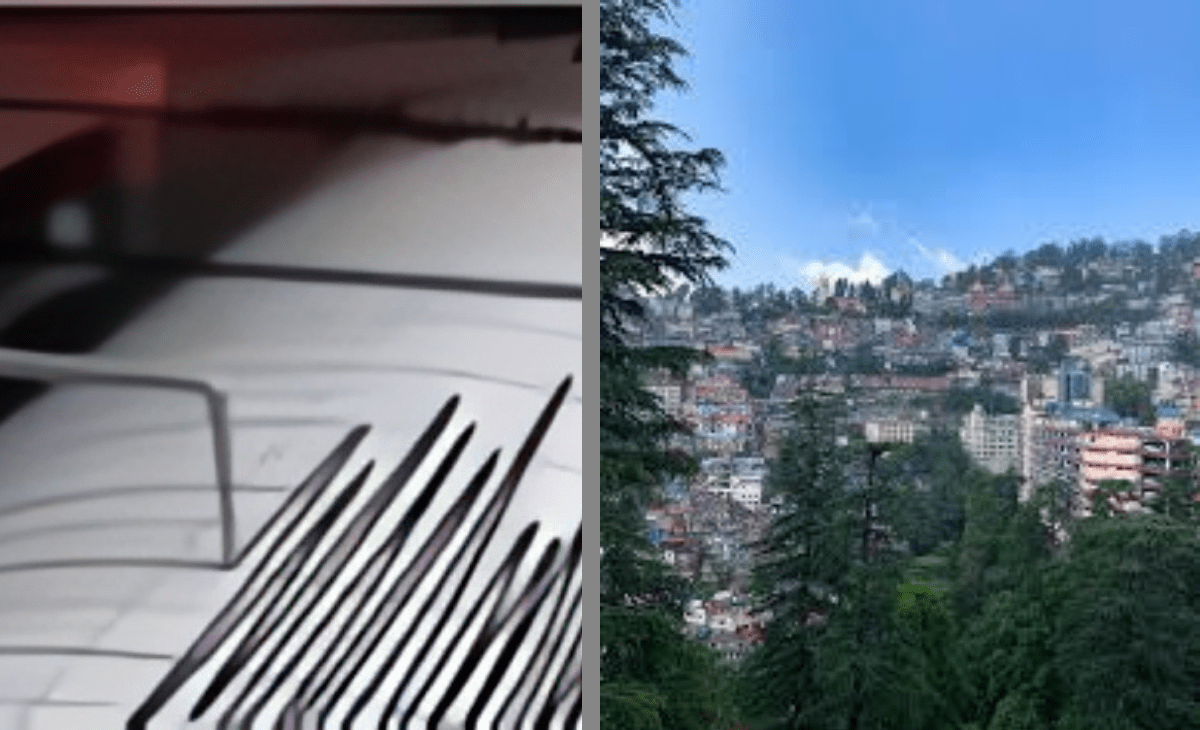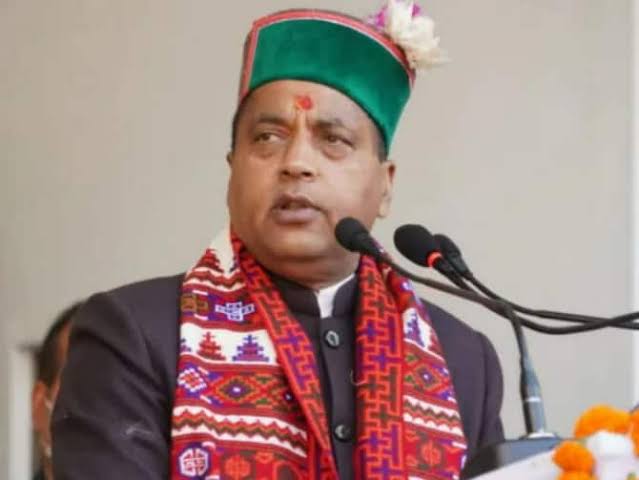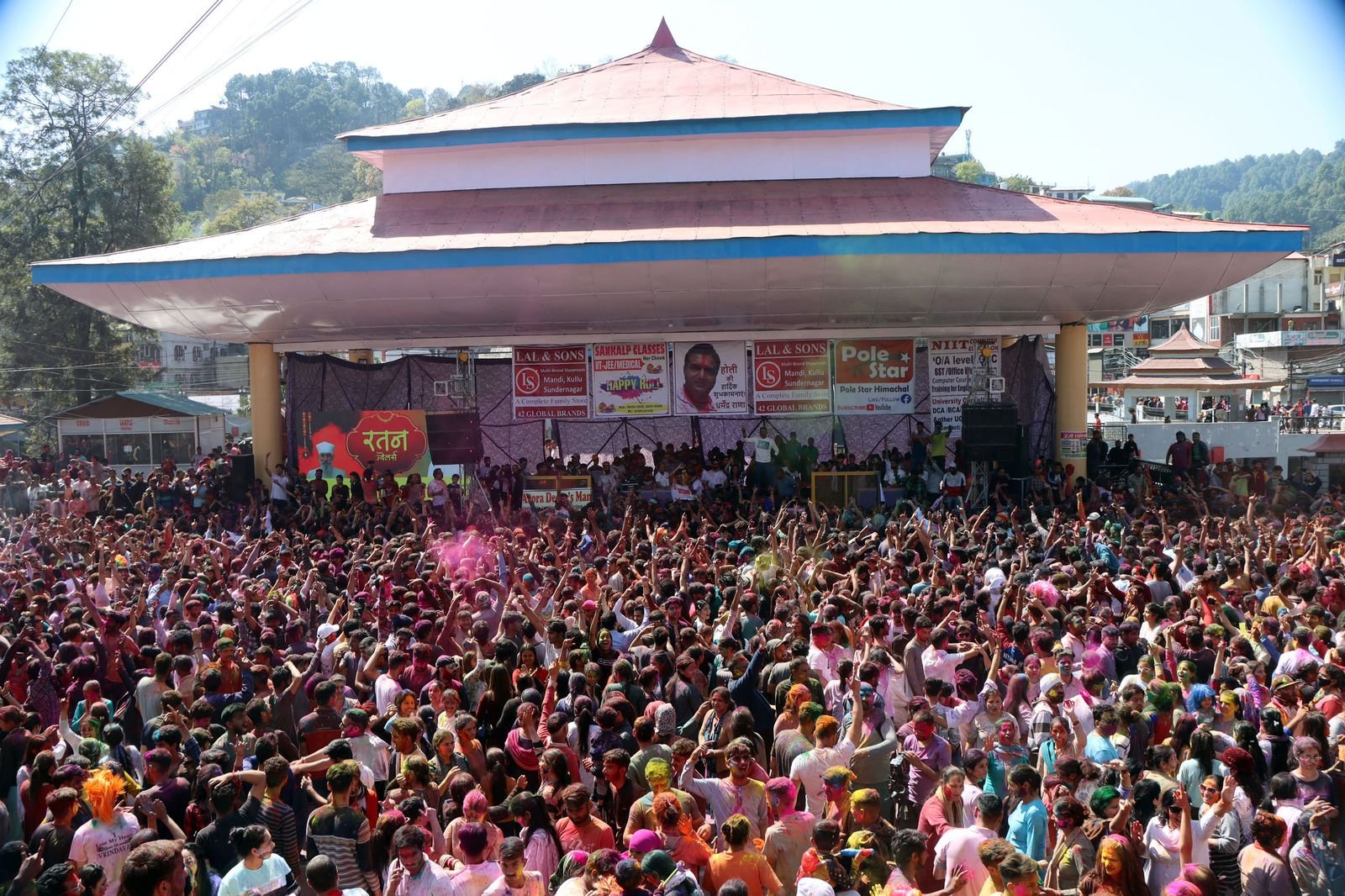TNR News Network
Shimla:
A mild earthquake shook Himachal Pradesh’s capital Shimla early on Friday (October 31, 2025) morning, reminding residents once again of the state’s vulnerability to seismic activity.
According to the National Centre for Seismology (NCS), tremors were felt at 7.02 am, measuring 3.2 on the Richter scale.
The epicentre of the quake was located at a depth of about 10 m beneath the surface, officials said. The low magnitude meant there were no reports of damage or casualties from any part of the region. However, the tremors were strong enough to be felt in several areas around Shimla town and nearby districts.
“People experienced mild vibrations lasting a few seconds, but everything returned to normal shortly after. Given the shallow depth, the tremors were perceptible, though harmless,” said a disaster management official.
Residents living in multi-storey apartments in areas such as Sanjauli, Summer Hill and Khalini reported feeling their furniture shake briefly. “I was making tea when I felt a jolt and the utensils rattled. It lasted barely five seconds, but it was enough to startle us,” said a resident of Sanjauli.
Why Himachal is prone to earthquakes
Himachal Pradesh lies in one of the most seismically active regions of the country, being part of the Himalayan belt where the Indian and Eurasian tectonic plates constantly collide. This ongoing geological activity makes the area particularly vulnerable to earthquakes of varying intensity.
Geologists explain that the Earth’s crust is made up of multiple tectonic plates, which rest over the semi-fluid upper mantle. These plates are constantly moving, albeit very slowly. When stress builds up at their boundaries due to friction, it eventually releases energy in the form of seismic waves — what we experience as an earthquake.
“The Himalayas are still rising because of the collision between the Indian and Eurasian plates. This continuous movement makes the entire region, including Himachal Pradesh, highly earthquake-prone,” said a geophysicist at Himachal Pradesh University.
According to the Bureau of Indian Standards, Himachal Pradesh falls under Seismic Zones IV and V, meaning it faces a high to very high risk of earthquakes. Districts like Kangra, Chamba and Kinnaur are especially vulnerable due to their location near major fault lines.
History of destructive quakes
While Friday’s tremor was minor, Himachal has witnessed several major earthquakes in the past that caused widespread devastation. The most catastrophic was the Kangra earthquake of 1905, which struck with a magnitude of 7.8 and virtually flattened the valley.
Historical records estimate that the 1905 quake destroyed large parts of McLeodganj, Dharamshala and Kangra, killing nearly 20,000 people. The disaster remains one of the deadliest in Indian history.
In more recent decades, the region experienced a 6.8-magnitude earthquake in Kinnaur in 1975, which triggered landslides and caused extensive structural damage. Another moderate quake measuring 5.5 hit parts of Himachal in 1986, rattling the Kangra and Chamba valleys.
“These incidents are reminders that Himachal’s topography and geology demand constant vigilance. We must ensure that buildings, especially in hill towns like Shimla, Dharamshala and Mandi, follow proper seismic safety codes,” said an official from the State Disaster Management Authority (SDMA).




